The Eyes of Your Mind — Ratnavathy Ragunathan
It’s a bright, shiny Monday morning, the last week of your teaching term. You’re standing in the middle of your classroom, amidst a group of learners deeply engaged in the task that you’ve set forth. And utter bliss slowly spreads over you. This, you feel, is the “best-practice” classroom for a teacher.
Now, let’s take a reality check. How many of us have truly felt this way each time around? More often than not, we’re faced with issues that can completely drain us mentally and emotionally. As much as we try to view them as opportunities for continuous learning, there are times that we completely succumb. We’re humans after all, aren’t we? Then, the question is, as teachers how are we going to adapt to meet the challenges that we face with our learners?
You see, the truth is, situations and individuals are often beyond our control. Nevertheless, there is one thing that’s within our reach. It’s how WE react to the challenges that we’re faced with. Can this really be done? But, of course! By using the power of learning how to see.
Turning the tables around – Contradicting your thoughts by your actions
In my journey of teaching and learning, I’ve met learners of diverse cultures, physicality and demeanor. I’d like to share this particular incident with you. It was a new term and I was waiting excitedly in my classroom, chatting with my learners and getting to know them. As I turned towards the window, I saw someone walking pass my class. Obviously, he was a new student. But what really shook me was the ghoulishly dark, sub-cultural fashion statement he was making. Pale features, very dark eye make up, spiked leather jacket and wristband, skull-faced necklace and the darkest lipstick I’ve seen on a man. And that cold, cold stare. I found myself praying under my breath “not here, not here…” And….you guessed right. The next thing I knew, he was knocking on the door and peering into my classroom with a registration slip. What did I do then? For some reason, my actions completely contradicted my thoughts. I gave him the brightest smile and warmest greeting, ushering him in like he was any other learner. Throughout the term, I treated him kindly, praising him when required, encouraging him to do better. And how did he respond? He never failed to greet me each morning with a smile, completed his homework on time, studied hard and was the most polite and participative learner of that term. That was one of my most memorable terms as a teacher. I learned a very meaningful lesson, that as a teacher I need to learn how to reconsider the dogmatism of my own beliefs by looking beyond what meets the eye. I told myself to never judge a learner by the way they portray themselves.
Seeing with the eye of your mind
I once had a learner with a terrible rebellious streak. Every past teacher warned me about him and wished me luck. And boy, was he one rebellious lad. He was always late to class, never did his homework, hated working in groups, and worst of all, he was extremely impolite The worst situation happened when I once told him “Please be quiet” to which he replied, “No, you shut up”. I was completely stumped for words. But one day it changed. And how so magical it was. I was in the midst of class when I got the news that one of my closest family members had passed away. I did the most unprofessional thing. I just stopped short and completely broke down. My learners were too surprised to react. The whole class just stared at me. The only person who jumped up and walked towards me was this boy. He held my hand and said, “Teacher Ratna, please don’t cry. Can I get you a cup of coffee? I know how it feels.” That came as a surprise to me.
A few days later he told me that he came from a war-torn country, which is constantly enduring political reform, his mother was gravely ill in the hospital and his brother was in the military service. From that incident, he toned down and turned over a new leaf. And he keeps in touch even to this day. These are what I consider “moments of awakening” for a teacher. It is sometimes a negative situation that opens our “inner” eyes. As teachers, we need to learn and train ourselves to use our inner eye to see things, or rather, see through things. And this can only be done with practice and by being open to growing alongside our students.
A wise master once said “We are three people in one; who others think we are; who we think we are; who we really are”. Perhaps, as teachers, we’d need to tap into the innermost self of the learner. But, for us to be able to do that, we first have to understand and accept who we really are! By learning how to see within us, we learn how to peer within our learners. And this is how can truly “learn how to see”.
Connect with Ratnavathy and other iTDi Associates, Mentors, and Faculty by joining the iTDi Community. Sign Up For A Free iTDi Account to create your profile and get immediate access to our social forums and trial lessons from our English For Teachers and Teacher Development courses.



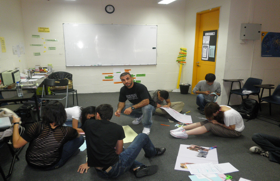






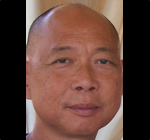
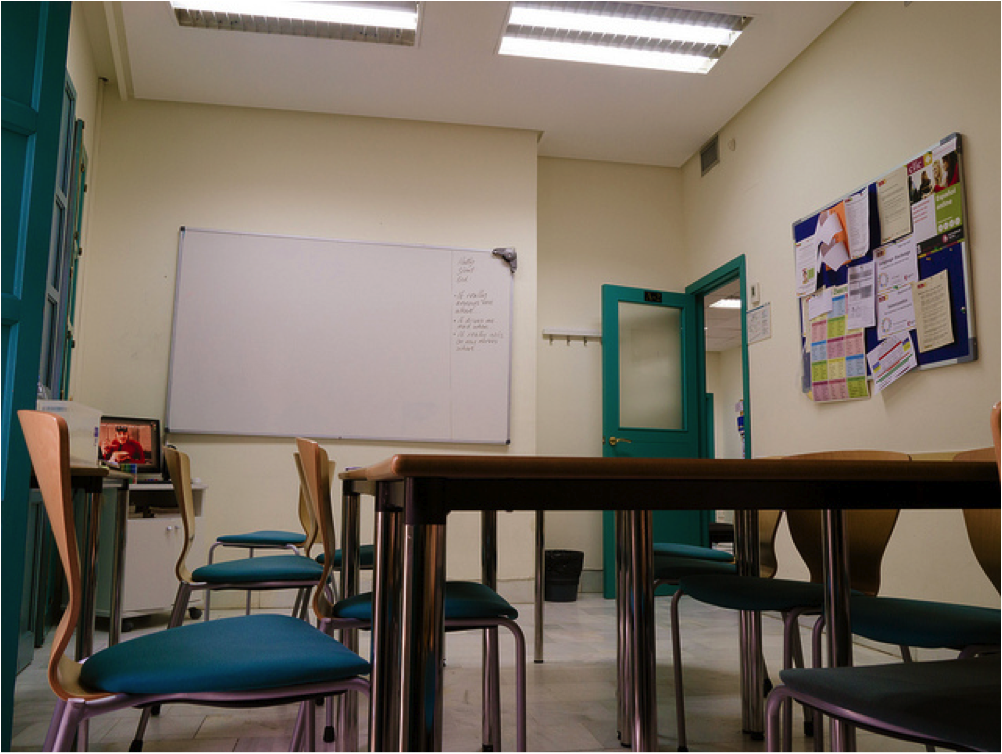
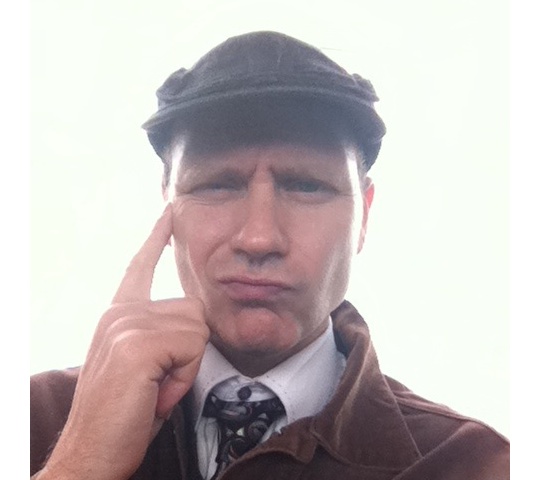

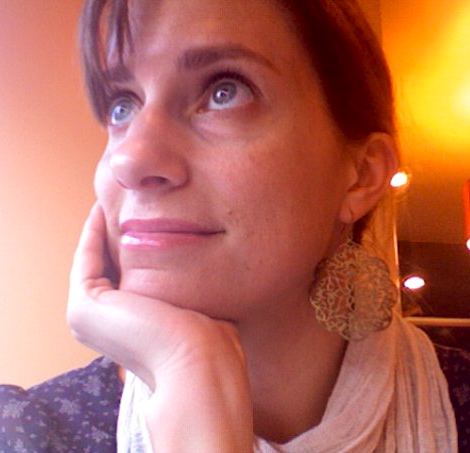
 The beauty of questioning is that it helps you look deeper into yourself. Questions ask you to investigate, to doubt, to grow, and to change. Questions help you learn to see.
The beauty of questioning is that it helps you look deeper into yourself. Questions ask you to investigate, to doubt, to grow, and to change. Questions help you learn to see.